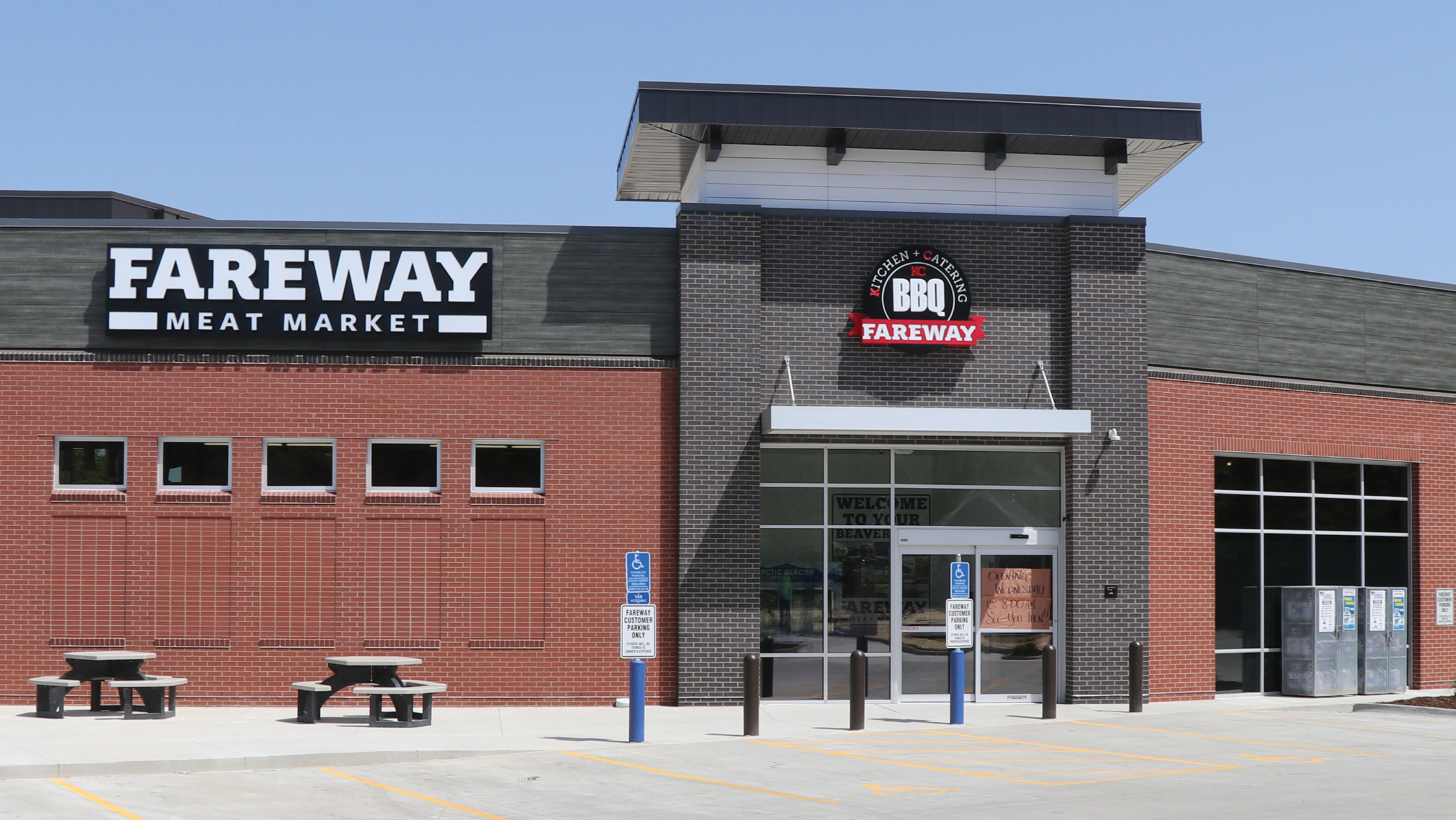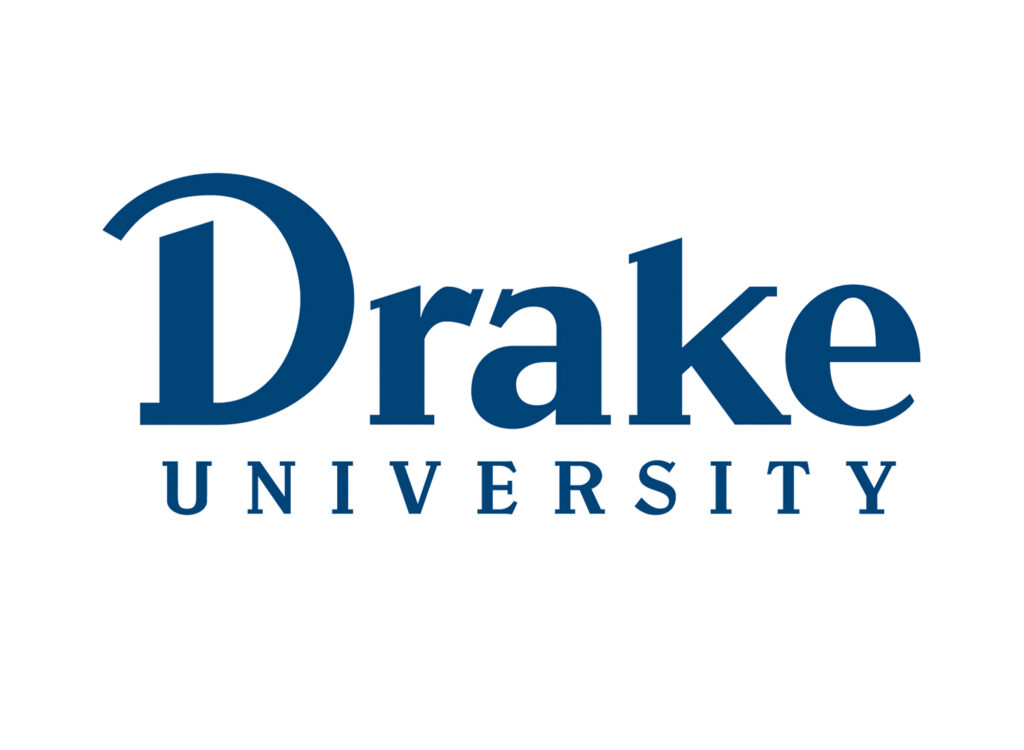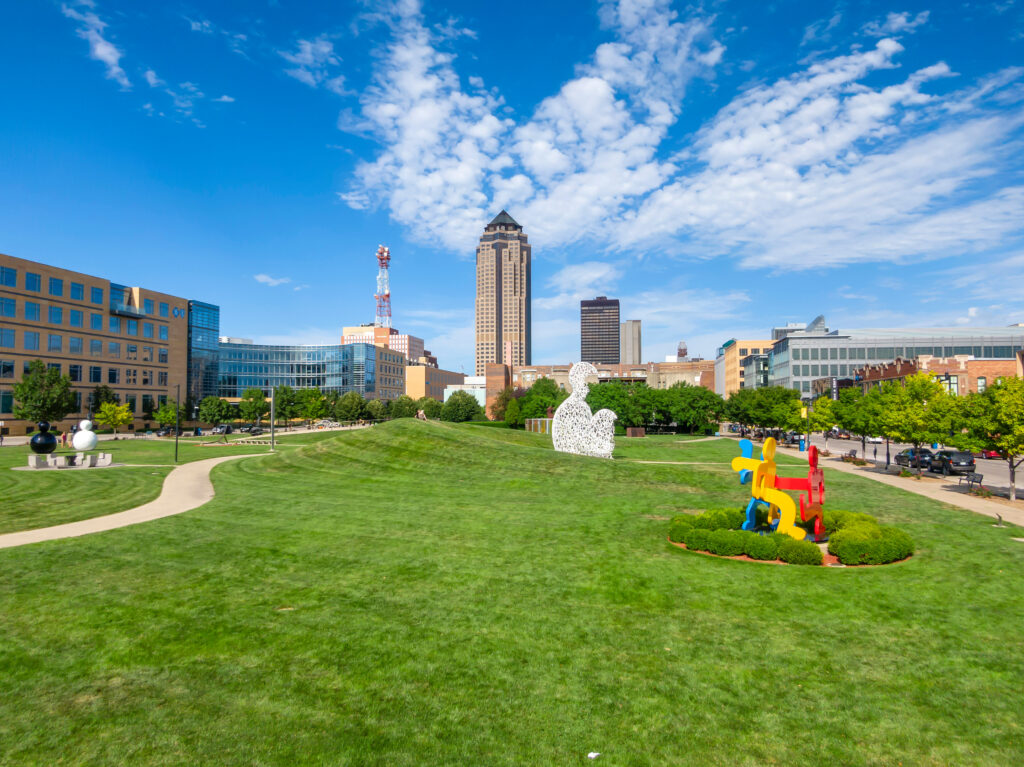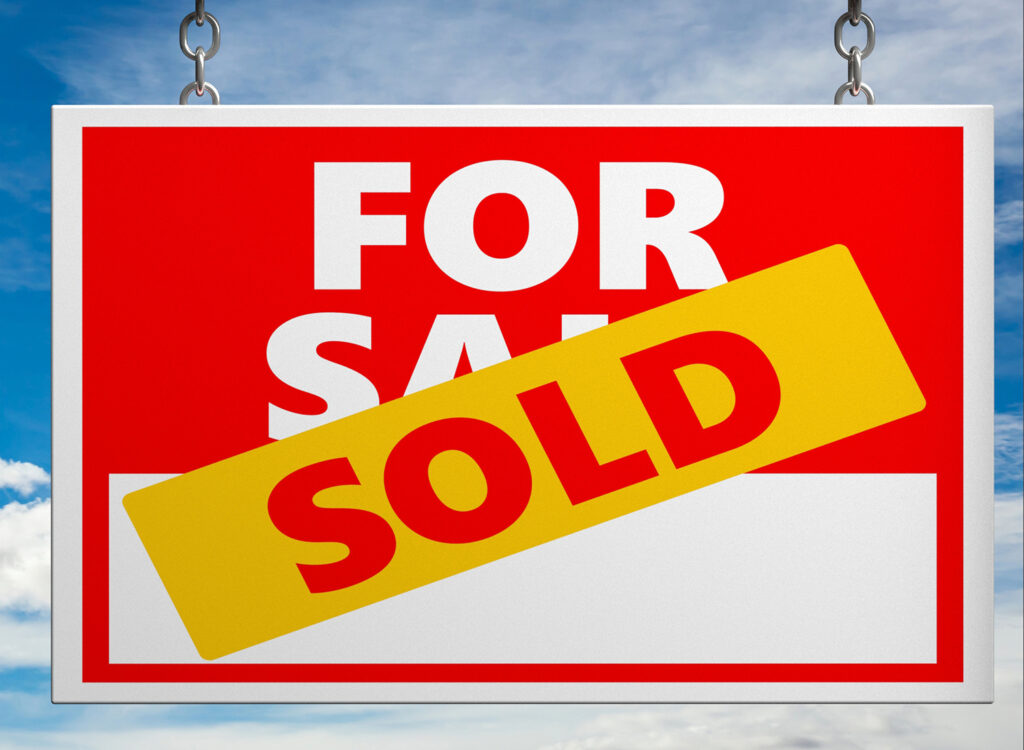Fareway focuses on growth through pandemic’s economic downturn
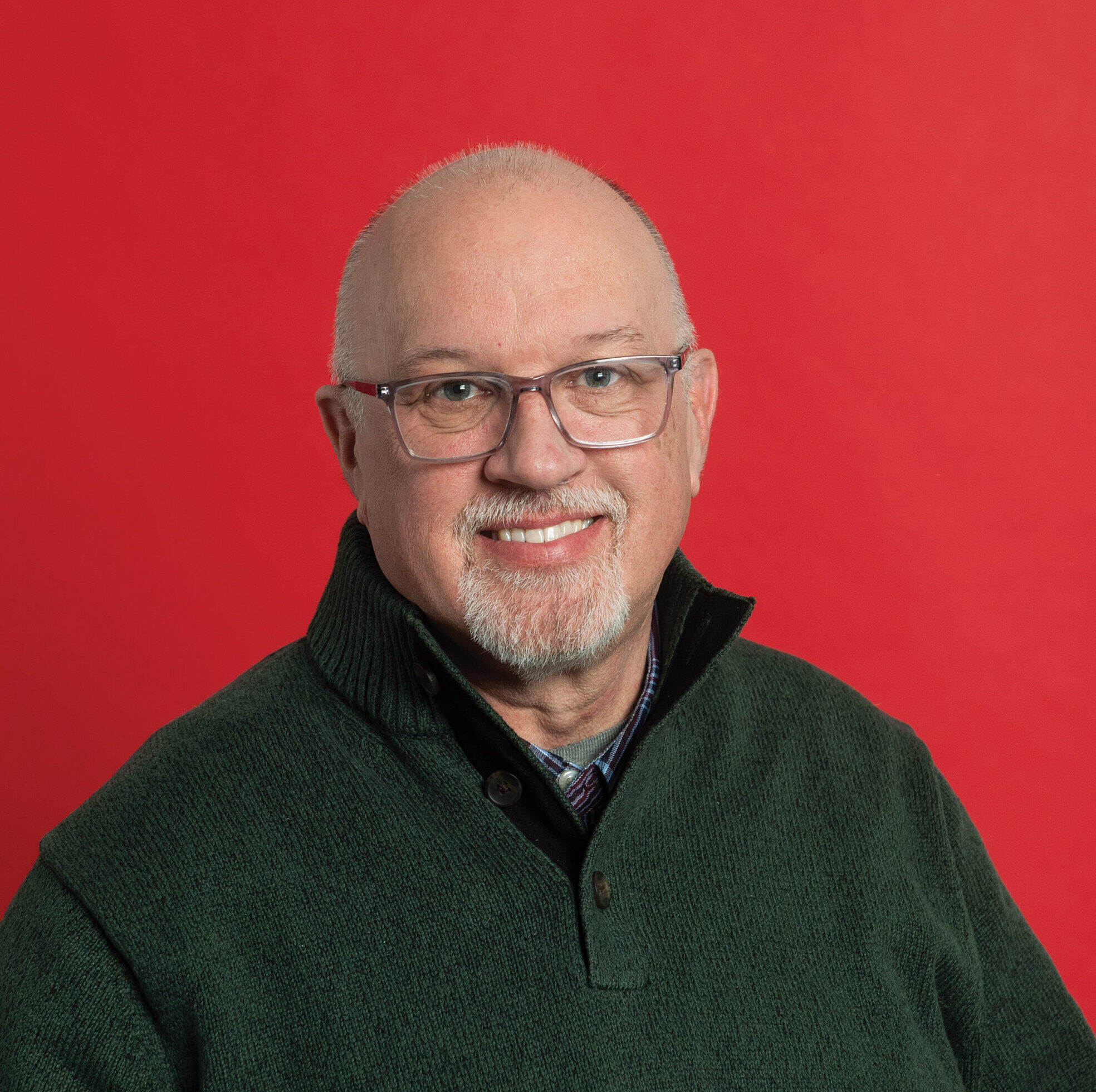
Michael Crumb Jan 12, 2023 | 5:09 pm
6 min read time
1,353 wordsAll Latest News, Business Record Insider, Retail and BusinessIf you don’t live near a Fareway grocery store or see one as you drive around your community, chances are you will soon.
The Boone-based grocery store has opened 11 stores from 2020 to 2022, bringing its portfolio to 133 stores in seven states. Five more are planned for 2023, with a possibility of one more that the company hasn’t announced yet. The company employs 12,000 people.
The Business Record sat down with Garrett Piklapp, Fareway’s president, recently to discuss the company’s strategy for growth and how it stayed its course throughout the economic downturn that occurred during the pandemic when many companies halted their capital spending and laid off employees.
I don’t have a crystal ball because the last few years have taught me that I probably would have been wrong, but we are contemplating a number of projects that continue to strengthen who we are and where we think we are going.
Garrett Piklapp, Fareway president
Piklapp said the company was thoughtful in its response to the pandemic and in the planning that enabled it to continue its plan to add stores, renovate others and place stores in communities that otherwise would go unserved by a local grocery store.
Here is what Piklapp had to say about the company’s strategy for growth and its vision for the future. Spoiler alert: There are no plans to open stores on Sunday.
This Q&A has been lightly edited for clarity and length.
What did Fareway do to weather through the pandemic and continue adding stores to its portfolio?
I can remember where I was when we said, “OK, COVID-19 is a real thing and we need to start putting a plan together to respond.” And therefore, for a duration of time, we were meeting the quickly evolving demands … and everything COVID-19 was stressing our model. And I can remember where I was when we said, “OK, we have our house in order. We’re proud of our response plan. We’re proud of how we’re taking care of our customers and our employees. Now we need to get back to planning outside of COVID.” It was still early in 2020 when our leadership team sat down and said we need to plan for Fareway 2021, 2022, 2023, so we went to the drawing board saying this will likely have other implications outside of just the medical implications of COVID. It’s likely going to stress these other things. Call it people, call it supply, call it demand, call it hoarding, call it pricing. Call it whatever, and we put a plan in place to start addressing the implications, and one item was building sourcing material and we ordered a number of building materials that we thought were going to be stressed very early on to allow us to continue this cadence of building three to five stores a year, and so far, so good.
How does Fareway choose a location for a new store?
We have a number of models that we have found success with to serve the type of community that we’re targeting. For example, we have Rockwell City and Ogden, and then Norwalk. In 2022 we opened Beaverdale and Olathe, Kan. When we’re targeting a community we look at a number of things. One can be proximity to the nearest Fareway. Distance from our distribution center. Market-specific demographics, growth, traffic, schools, comprehensive plan, and then where we think our model would fit well with what the specific attributes to the community are.
There’s been a lot of conversation over the past decade or so about grocery deserts and small towns that lose their hometown grocery store. Is part of Fareway’s strategy to go into those areas that aren’t served by other stores?
Absolutely. Part of our breadth of models is a model to meet these smaller communities. Fareway has been operating in towns of 2,000 people, plus or minus, for 30-plus years. Belmod and Eldora come to mind. But the implications of COVID, inflation being one of them, is stressing investments in these rural communities. That’s one of the things that’s probably most adversely affected by today’s current environment as building materials have skyrocketed and contractors are hard to find, and capital has increased. Taking all those variables and putting a bow around them in a town of 1,900 people has become super difficult. That’s the downside. The positive is that there are a number of tools implemented by the state that assist these capital investments in these communities and there are a number of tools by the state that allow local governments to invest in these projects. All of that said, you still need to have the bones in a market.
Is the decision-making process different for remodeling an existing store?
With 133 stores and a number of them that are plus-10, plus-20, plus-30 years old, when we get to this certain point in that plus model, we are evaluating whether it makes sense to go down the street and build new, or go on the outside of town and build new, or reinvest in this asset knowing it’s going to still be incredibly expensive and incredibly disruptive, and at the end of it what have we gained? We weigh a bunch of factors in determining which ones to do, but it comes down to: Do we like where we are in town? Is this square footage sufficient for the community? If a remodel can meet the needs of the community for the next 10, 20, 30 years and we love our spot, then we will likely try to stay there, invest in that asset, minimize disruption to our customers and be proud of that experience when it’s all said and done.
What is the economic impact of a Fareway store in a community?
Stores can range from anywhere between a $3 million investment to a $10 million investment. That’s new construction for retail brick and mortar. The economic impact is greater than people may realize. We generally have 50 to 100 employees. Every employee comes from a household of 2.3 to 2.7 people, so you can start to do the math, whether it’s through groceries, property taxes in a community, or income taxes to the state, the tidal wave of a Fareway investment in a community is very impactful.
Who is Fareway as a company in the future?
We’re a fourth-generation family-owned company with 12,000 people that we consider extended family. We value our farmers and local partners. We value our employees. We treat our customers with a high level of service. I’m proud of all those things and I’m proud that we put our money where our mouth is. You see Fareway is doing everything that we stand for, and I feel we’re more dialed in now than we’ve ever been before. We often talk about how the only constant variable is change. Everything is changing all the time and planning for tomorrow is a never ending exercise. So whether it’s through our customer experience at brick and mortar, our customer experience online, our benefit package or how we give back, we’re evaluating those things, our pillars, all the time. I don’t have a crystal ball because the last few years have taught me that I probably would have been wrong, but we are contemplating a number of projects that continue to strengthen who we are and where we think we are going.
What’s something people don’t know about Fareway that might surprise them?
I don’t think this is a surprise, but given the number of questions we get, there are absolutely, positively no plans to open on Sundays. None. Zero. So for any employee who reads this, any customer who reads this, or government official who reads this, there are no plans to open on Sundays. We know exactly what that means. We can both qualitatively with our employees that get the day off and quantitatively with the business that doesn’t get the sales, we can measure exactly what it means, but it is one of the nonnegotiables around here, and it’s something we’re very proud of.

Michael Crumb
Michael Crumb is a senior staff writer at Business Record. He covers real estate and development and transportation.

